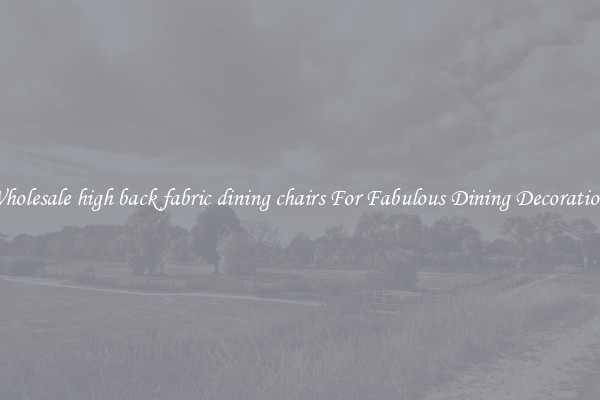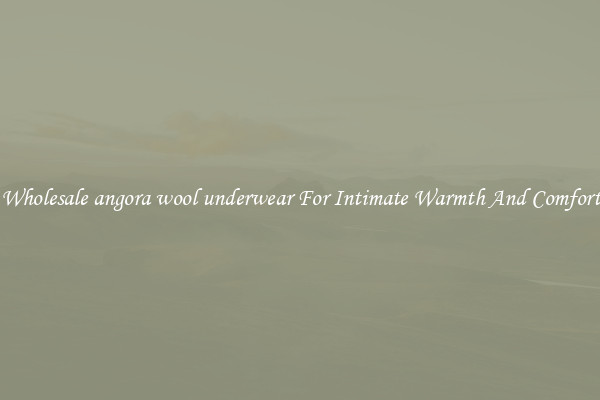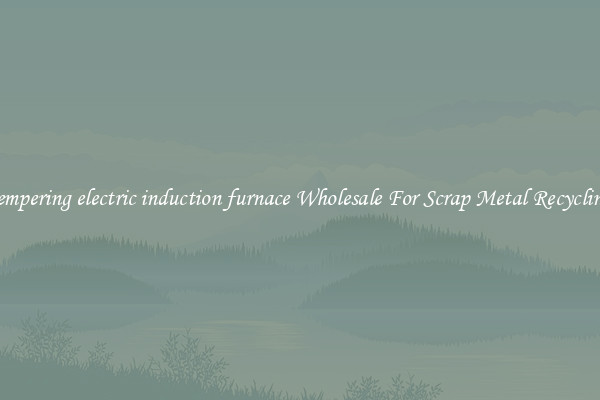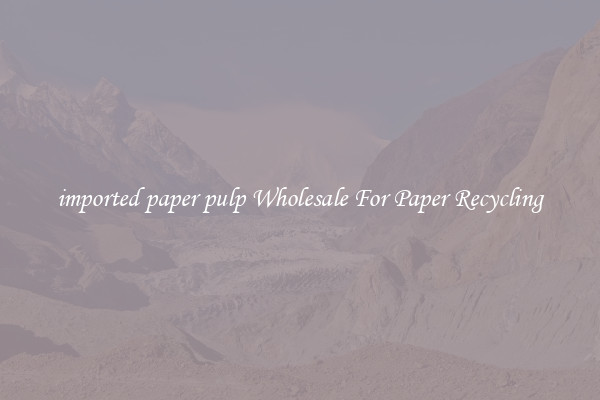carburizing and quenching Wholesale For Scrap Metal Recycling
Carburizing and Quenching in Wholesale For Scrap Metal Recycling: A Winning Combination

Scrap metal recycling plays a crucial role in preserving the environment and conserving natural resources while also providing a sustainable source of raw materials for various industries. Wholesale scrap metal recyclers are continuously exploring innovative techniques to extract maximum value from the scrap metal they collect. Two such techniques, carburizing and quenching, have gained significant popularity in wholesale scrap metal recycling.
Carburizing is a heat treatment process used to increase the carbon content on the surface of low-carbon steels, resulting in improved hardness and wear resistance. It involves heating the metal in a carbon-rich environment, such as a mixture of charcoal and barium carbonate. As the metal absorbs carbon and reaches its carburizing temperature, the carbon atoms diffuse into the surface, forming a high-carbon outer layer.
The benefits of carburizing in wholesale scrap metal recycling are numerous. Firstly, it enhances the mechanical properties of low-carbon steels, making them suitable for various applications that require robustness and durability. Secondly, the carburized steel can be used in manufacturing precision components, such as gears, shafts, and bearings, which demand excellent wear resistance. Finally, carburized scrap metal commands a higher price in the market due to its improved properties, making it a lucrative choice for wholesale scrap metal recyclers.
However, carburizing alone is not sufficient to achieve the desired properties in scrap metal. The carburized metal needs to be further treated with a process called quenching. Quenching involves rapidly cooling the metal from the carburizing temperature to room temperature by immersing it in a quenching medium, such as oil or water. This rapid cooling restricts the carbon diffusion, resulting in the formation of a hard, brittle crystalline structure called martensite.
Quenching wholesale scrap metal after carburizing enhances its hardness and brittleness, making it highly suitable for applications where strength and resistance to deformation are critical. The carburized and quenched scrap metal can be used to create components that operate under high stress, such as springs, cutting tools, and automotive parts.
The combination of carburizing and quenching in wholesale scrap metal recycling opens up new avenues for maximizing the value of collected scrap metal. By utilizing these techniques, wholesale scrap metal recyclers can transform low-value metal into high-value materials that find applications in a wide range of industries. Moreover, the enhanced properties of carburized and quenched scrap metal make it an attractive choice for manufacturers, leading to increased demand and better profit margins for recycling businesses.
In conclusion, carburizing and quenching have become indispensable techniques in the wholesale scrap metal recycling industry. These processes can greatly enhance the value of collected scrap metal by improving its mechanical properties and allowing its utilization in manufacturing high-performance components. By adopting these techniques, wholesale scrap metal recyclers can not only contribute to environmental sustainability but also strengthen their position in the competitive market.

View details

View details

View details

View details








